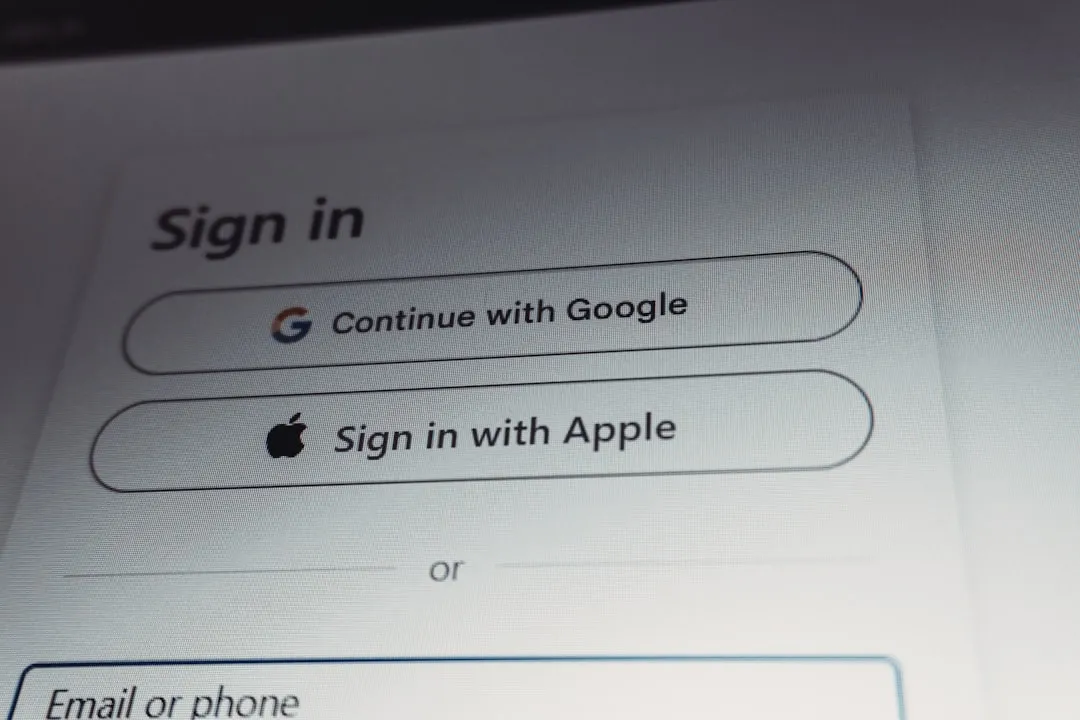Google's announcement about blocking over 10 billion malicious communications monthly through artificial intelligence marks a real milestone in the fight against mobile fraud. Instead of simply filtering obvious threats, Google built a defense ecosystem where multiple AI systems work together, each studying a different communication layer and attack vector. According to Google's Security Blog, this integrated approach delivers something rare: a proactive system that can identify and neutralize sophisticated fraud before it reaches users.
The scale is staggering. Billions intercepted, month after month. More useful is what it means for people using Android. Android users receive 58% fewer scam texts than iOS users, as confirmed by recent research. Beyond blocking one-off messages, Google has kept over 100 million suspicious numbers from accessing Rich Communication Services, proof that the company is hardening the pipes as well as the endpoints.
How Google's multi-layered AI defense actually works
Google's approach shifts from reactive spam filtering to predictive threat intelligence. Interconnected AI models look for patterns, behavioral anomalies, and contextual clues across the Android experience. What does that look like day to day?
At the base, enhanced spam blocking lives inside Google Messages, according to industry analysis. It is not keyword bingo. The AI studies conversational flow, timing, and linguistic tells that hint when a friendly chat is steering toward a fraudulent request. It can spot social engineering escalation that human reviewers might miss.
Real-time scam detection on the device is the sharpest layer. The Phone by Google app does more than reject known spam numbers. It can answer unknown calls with AI, analyze the conversation, and flag likely fraud before you ever pick up, as detailed by Android Headlines. Think of it as a savvy screener at the door who understands fraud psychology, not just caller ID.
Safer links in Google Messages add another backstop. When you tap a URL flagged as risky, the system shows an immediate warning with context about why it tripped alarms. That nudge teaches patterns you can recognize next time.
The impressive scale of Android's protection advantage
The gap is not just a marketing slide. That 58% difference in scam texts shows up in daily use, based on recent survey data. Pixel owners were 96% more likely to report completely clean text histories than iPhone users. That points to an AI-first stack delivering a noticeably different experience.
Why the gap? Counterpoint Research highlights breadth. Android smartphones apply AI protections across nine key security areas, according to security analysis, while iOS covers only two. Apple leans on ecosystem control and app vetting, which has strengths of its own. For behavioral analysis and real-time detection, broader coverage correlates with better outcomes.
Independent evaluation by Leviathan Security Group confirmed that Android devices provide the highest level of default fraud protection among flagship phones. Default matters, protections kick in on day one without settings hunts or extra apps.
Real-time detection capabilities that adapt to new threats
Google's AI has moved beyond pattern matching to dynamic behavioral analysis with cross-linguistic learning. The models can identify a scam campaign in one language and apply that intelligence across others, enabling global coverage, as reported by security researchers. A trick caught in English today can blunt similar attacks in dozens of languages tomorrow.
Chrome's Enhanced Protection mode now uses Gemini Nano, an on-device language model that evaluates website risk in real time. Because it runs locally, the browser can assess threats instantly without sending browsing data to Google's servers. On Android Chrome, the system reportedly stops approximately 3 billion spammy or scammy website notifications each day, according to technical analysis.
The improvement is striking. Google's AI achieved a 20-fold increase in detecting fraudulent pages compared to previous methods, based on Google's performance data. It flags subtle indicators like unusual URL structures, suspicious timing, and content that mimics legitimate services with near-perfect accuracy, while keeping false positives remarkably low.
Addressing the evolving landscape of mobile fraud
The playbook keeps changing. Employment fraud has become the most prevalent scam category, according to August 2025 analysis. Modern job scams mirror real listings from real companies, complete with proper branding and professional tone.
Attackers are also sliding into group chats, a neat bit of social psychology. People trust what looks like a conversation among several contacts. Google's AI addresses this through its Key Verifier tool, which lets users confirm identity with cryptographic checks, as detailed in recent reporting. That kind of verification makes impersonation in group settings far harder.
These measures address schemes that cost consumers over 1 billion dollars in the past year. Ten billion blocked communications per month is not a vanity metric; it is a necessary response to real financial harm.
What this means for the future of mobile security
Blocking 10 billion scam messages each month shows how AI turns security from cleanup to prevention. Instead of waiting for damage, the system studies behavior, language, and social engineering tactics, then interrupts the play before it reaches you.
The company is expanding these protections with outside partners through the Global Signal Exchange to share scam intelligence, according to policy analysis. Stopping fraud works best as a shared effort, not a solo project.
However, no AI system is perfect. False positives can happen, and cybercriminals adapt, as noted by security researchers. It is an arms race. Today's defenses are strong but not final.
As scale grows, models get sharper. Google's huge user base feeds the training loop that refines detection. The challenge is keeping that edge while preserving privacy and avoiding false positives that interrupt real conversations.
Bottom line, Google's AI defenses are a major advancement in mobile security, and they work best as part of a broader approach that includes user awareness and good digital hygiene. Treat AI protection like a high net under the tightrope. It catches almost everything. Staying alert helps you avoid a rare fall. I suspect the real win will be how invisible this protection feels when it is working, quiet, constant, and out of your way.
























Comments
Be the first, drop a comment!